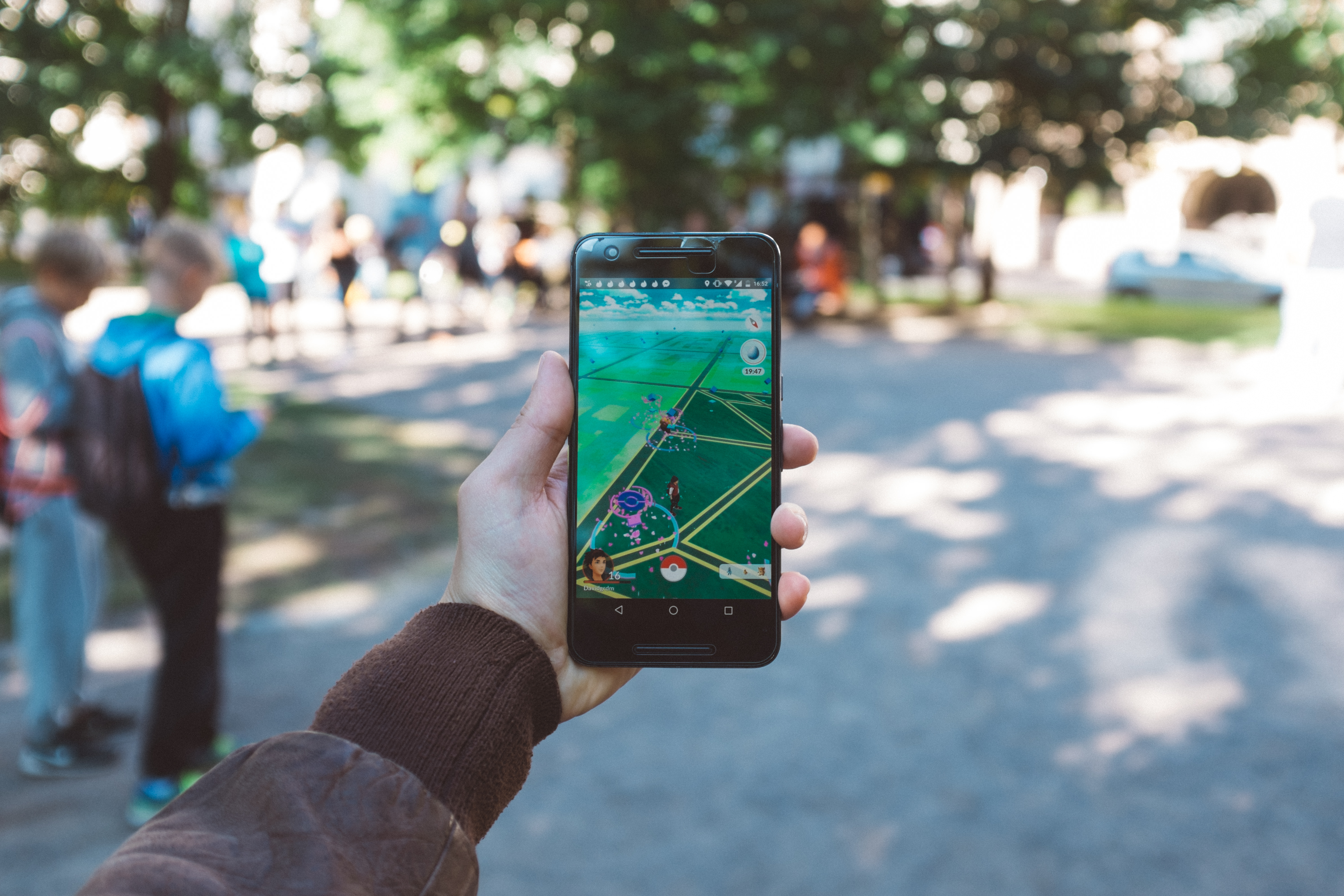8 Exciting Uses for Augmented Reality

We live in an era of entrepreneurial boom and our global economy has become increasingly digitized. New discoveries and inventions in the field of technology have meant that tech gadgets and technological advances are being spun out at a speed that is sometimes incomprehensible to those who at one time thought that the fax machine was the greatest invention of mankind.
With the wild success of the new Pokemon Go, many have been left wondering whether augmented reality is here to stay. You might remember the excitement behind Google Glass and how it fizzled out, but what other things can benefit from the technology?
Different from Virtual Reality (VR), Augmented Reality (AR) is based on ‘layering’ virtual objects onto the real world. Instead of having a completely new landscape, the process gives ‘real life’ an added twist in the form of overlays projected onto the device. Beyond Pokemon Go, Augmented Reality has the potential to significantly contribute to our global economy in different industries as well as help advance fields that would prove beneficial for not just our security or health but as well as our human advancement as a whole.
- Aviation - pilots, especially in the military, have been using “augmented reality” devices since World War 2, where gunsights used reflections to project a reticle onto the display. A plane’s speed and turn rate was also factored into how the reticle moved, allowing pilots to compensate for their aircraft’s movement.
These systems became much more advanced as time went on, and were adapted to fit commercial aircraft. More recently, helmet-mounted displays which are directly in front of a pilot’s eye allows them to retain their situational awareness while being able to look away from their displays. The latest models also have an integrated night-vision function, as well as other features that means that the traditional ‘heads-up display’ would no longer be needed. - Manual Labour - labour-intensive jobs can be made much easier through the use of AR. An inventory stockist can easily review the current stock by looking up an item’s location within storage, and have it appear on their screen as a guide. If integrated with tracking technology, it can greatly reduce time wasted looking for stock.
Those working with natural resource extraction will also find AR useful. Mining engineers can use an AR overlay to determine the composition of an area they are looking to extract minerals from, as well as locating the best spots to plant explosives. - Medicine - medical professionals can reduce risk when operating on patients if they know exactly what they need to do. A display that responds dynamically to a doctor can be invaluable during an operation, such as by displaying the patient’s vital signs.
Elsewhere, hospital staff will find responding to an in-patient much easier if they know what they’re expecting. The patient’s medical records can quickly be sent to a nurse as they make their way to the room, allowing the nurses to prepare for any issues arising. - Tourism - the leisure industry has had a field day following the success of Pokemon Go, with businesses suddenly seeing a much larger number of people in the streets without anywhere specific to go. The potential of the game lies in how operators respond to the game’s popularity. Many have set up Pokemon-themed offerings to attract players to their shops, while others have reacted with a much more unfavourable view by banning or restricting the game
In the wider context, augmented reality can be used to advertise attractions, as well as helping would-be visitors to get to these locations. - Travel - Frequent travellers know that keeping up to date with any potential changes in schedule can be tiresome. Augmented reality offers a platform for them to receive information quickly and directly, as well as look for solutions based on their current location. For instance, a late-night arrival can find out where the closest hotel is, read its reviews then figure out how to get there, all without needing to take out their smartphone.
- Media and journalism - for journalists and reporters, AR can potentially help them cover breaking news stories effectively. They can be informed of developments whilst en-route to the scene, and keep up to date on reactions to the story.
For everyone else, AR technology can be crucial in informing them of nearby incidents such as accidents to avoid. Instead of having to check social media, they can be instantly told about an incident in their current area, as well as the exit routes available. - Training - finally, augmented reality can give a sense of realism to training exercises. In some cases, it may not be feasible to recreate a situation in real life, but using virtual reality is not an option. In such cases AR can help bridge the gap between the real world and a training scenario. For example, it may not be safe for the military to use real explosives as part of a training exercise. However, it still wants its soldiers to be able to adapt to their current surroundings. As a result, AR can allow them to simulate these special effects without creating a danger to the soldiers on the ground.
- Military - soldiers can benefit greatly from augmented reality tools. Firstly, orders can be clearly and concisely communicated using visual devices, rather than a lengthy explanation via radio. For example, a commander can instruct their troops to move to a location which has been ‘dropped’ onto their subordinate’s screen and can be examined in real time. Information can also be quickly relayed back and forth without confusion. Much like their commanders, soldiers with access to AR are able to report back with clarity, by ensuring that both sides know what they’re talking about.